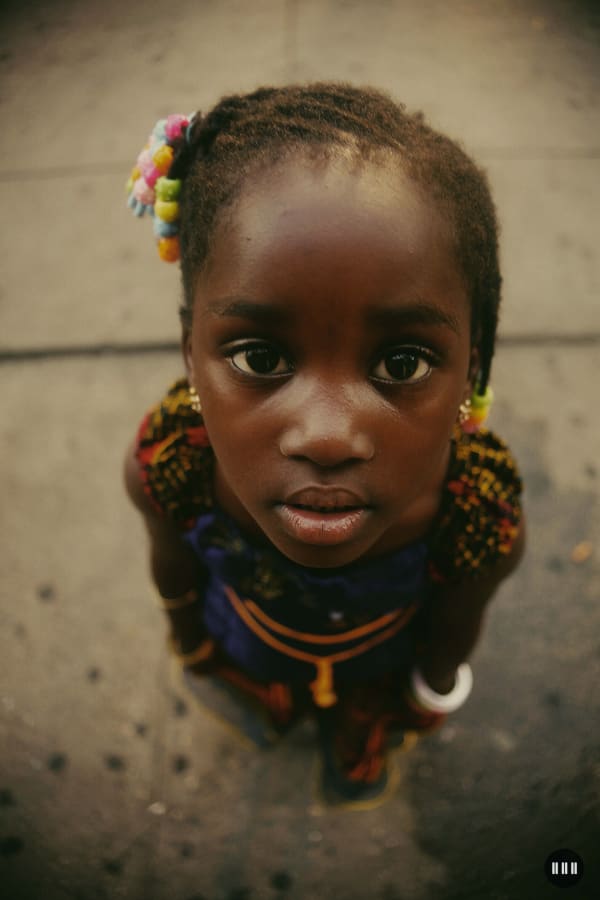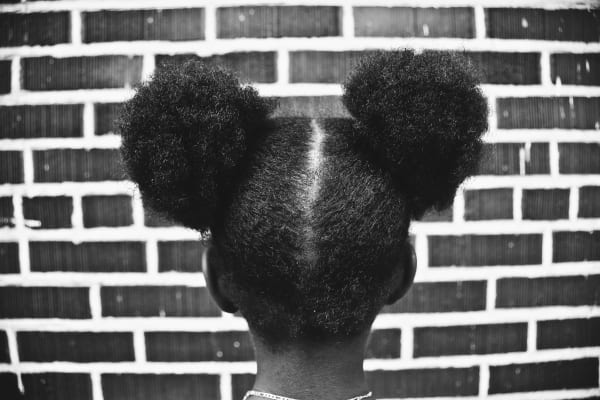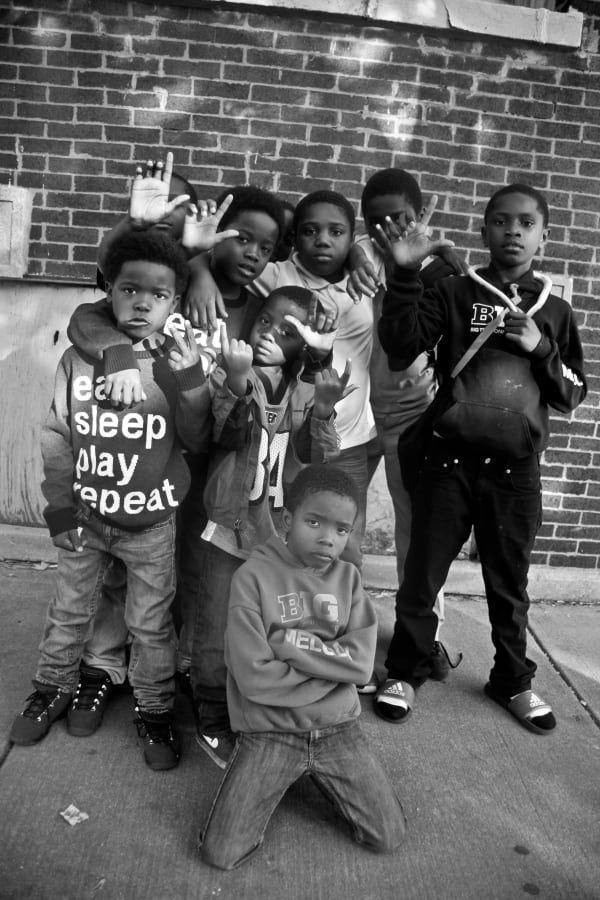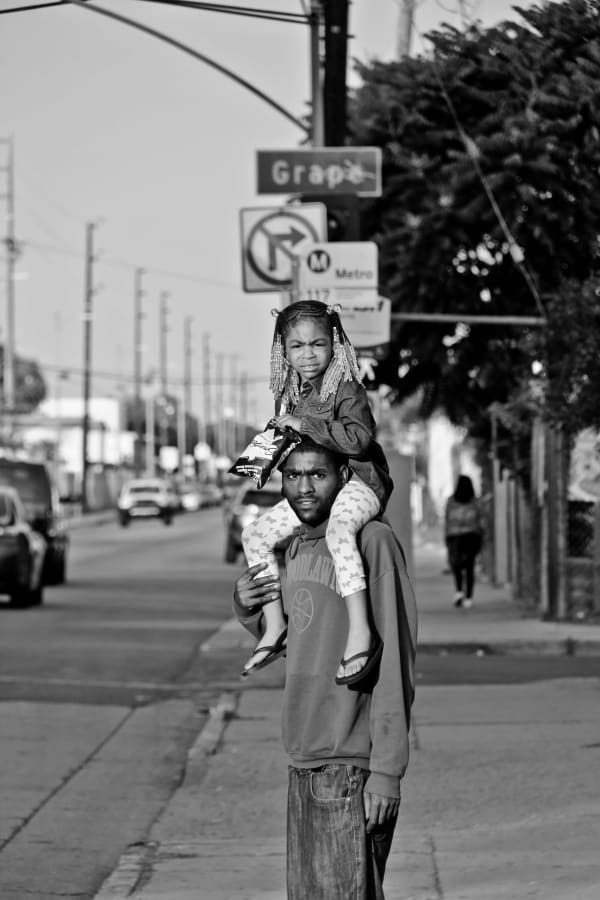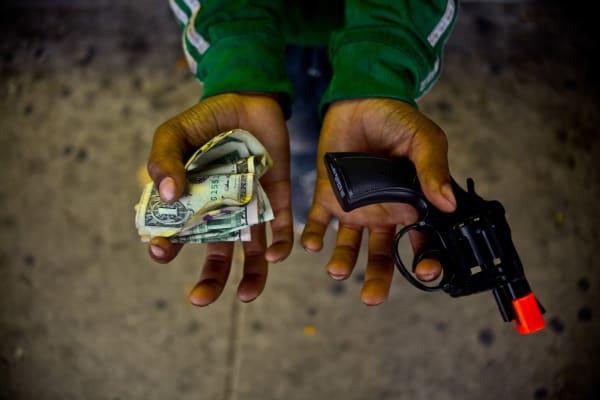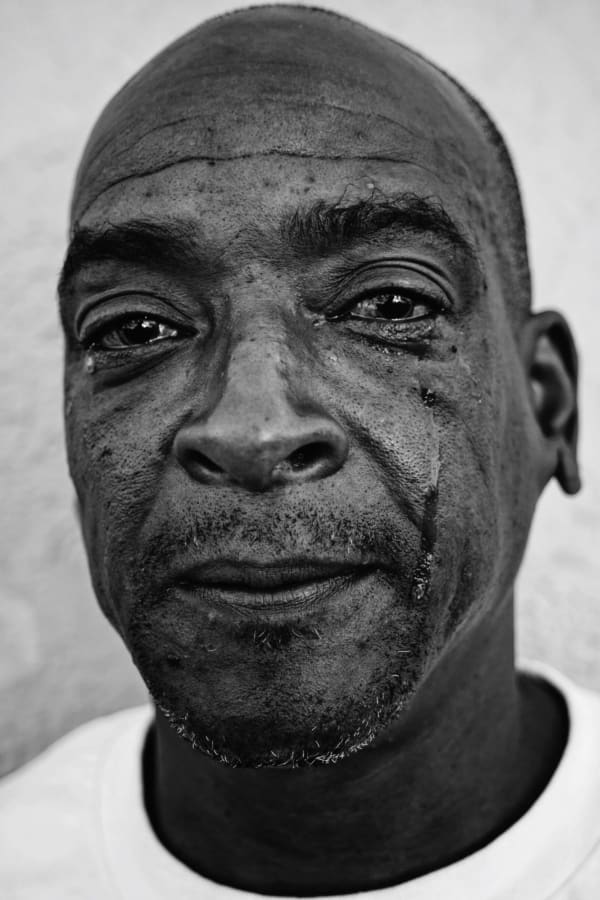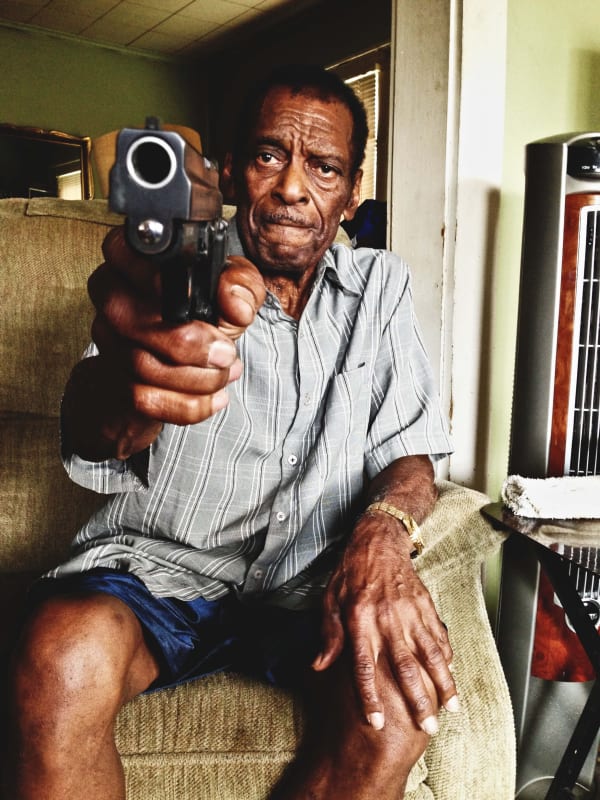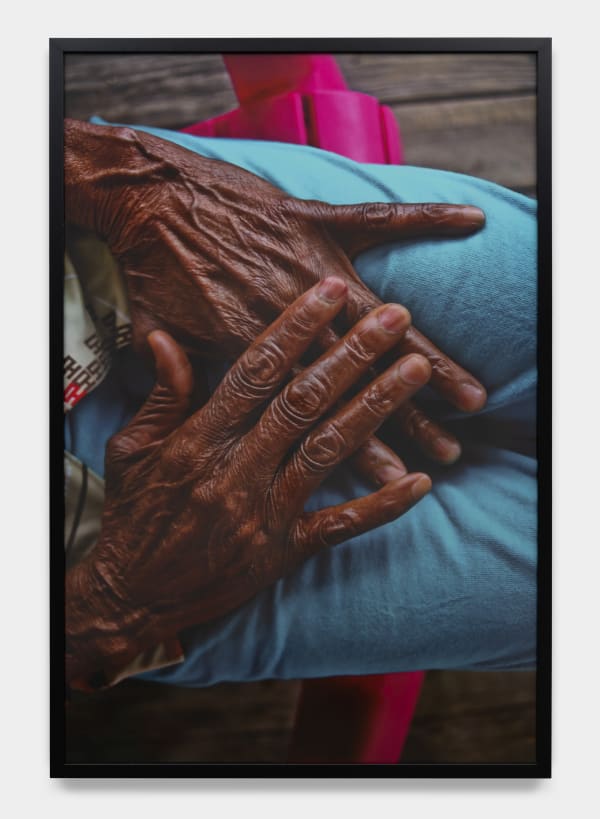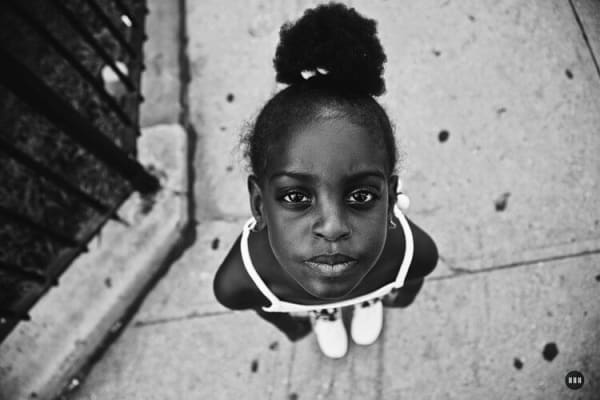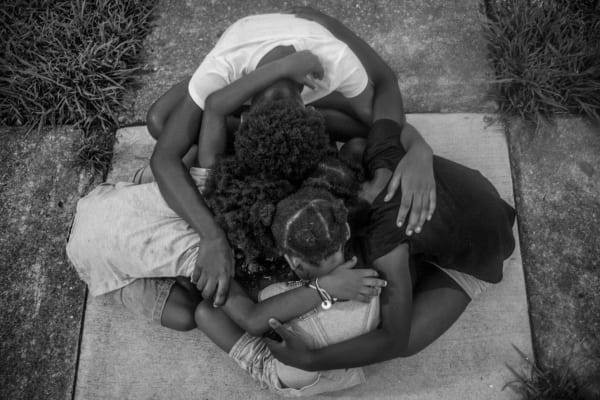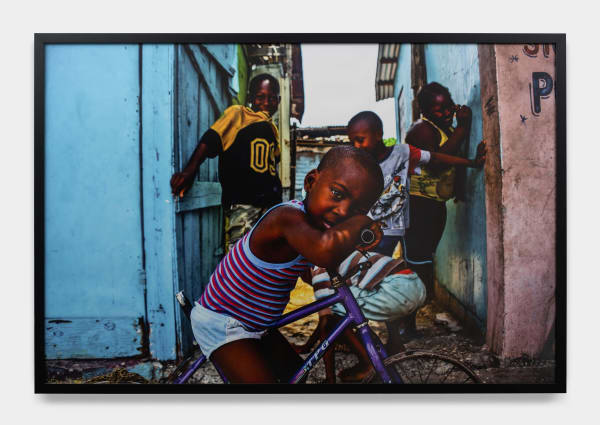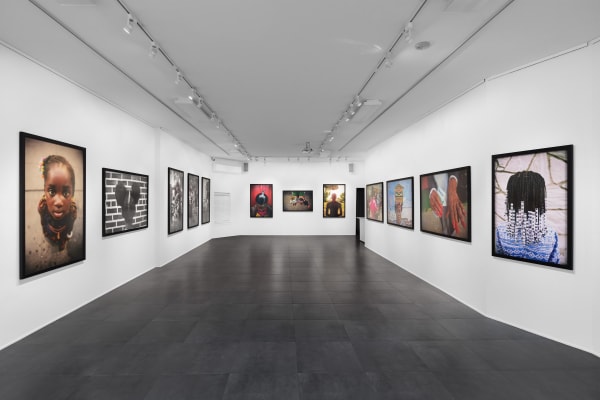Reach the World, but Touch the Hood First: Brittsense
What does it mean to be remembered? There are our own memories that keep us connected to the past. There is cultural memory that keeps us tied to our ancestors. However, there is also a social memory that uses half-truths, falsehoods, and stereotypes to create a reputation that sticks in the minds of people, isolating communities. Brittsense challenges the idea of how we remember and what we forget in “Reach the World But touch the hood first.” featuring a collection of new documentary-styled works.
Unlike her previous projects, which focused on the act of forgetting, her most recent works dive deeper into the issues. She not only calls our attention to the places and people that are forgotten but the primordial elements that are embodied that are seemingly being lost. This is about more than remembering people but what it means to be a part of a community, a tribe.
The series of works is rooted in love. Learning directly “what it means to have a tribe, a village, a community, unconditional love, security, protection & nourishment,” from the experiences & moments with her divine resilient mother Jenetha Scates, the exhibition displays her gift as a master storyteller. Brittsense has poured her empathetic spirit into images that allow her to connect with ignored communities. The images are an eye-opening glimpse into the day-to-day lives overshadowed by negative media representation and perpetuated reputations of violence. Brittsense’s exhibition gives these communities a platform, a celebratory voice, to share their truth and change the narratives that continue to subjugate these communities across the country.
In her signature collaborative method, Brittsense delves deeper into what makes these communities, cities strengthened by hardships, that make them unique beyond their visual or aesthetic qualities.
These works expose the historic issues of these communities, from the revolutionary acts of the Black Panthers to the epidemic that was the Crack era. The meticulously selected facets of these communities, while intuitively and spontaneously captured, convey the way these histories and cultural memories materialize in the physicality of the people, the place, the energy.
Several of Brittsense’s collections coalesce into this exhibition to reconceive the legacy of the melanated communities she immerses herself in, finding the common threads that transcend the geographies she visits. Among them are the Architecture collection, which focuses on the structures and delineation of space in cities and neighborhoods. These are the public and private spaces under attack by misconception. They were constructed, demolished, and rebuilt. Their foundations teetering between setting up the community for success or failure. Despite the inequities within, the architecture embodies the spirit and power of the people within.
Conversely, taking on a more corporeal nature, are her Crown and Hand collections. Focusing her lens on the hair, eyes, and hands of her subjects she looks at how these universal elements of humanity, traversing the confines of borders, hold our knowledge, identity, and history. They are portals for activating the spirit. They dismantle the societal pressures and traumas that strain their existence revealing their vitality, strength, and hidden truths.
Lastly, these notions of the visceral within these struggling spaces combine with her intergenerational collections that create a commentary on how the community moves forward as a tribe Boys Will Be Men subverts notions of masculinity and persecution. The need for men of color to take on the role of leaders often comes at the cost of their innocence. They feel the need to overcome the stereotypes, and the traumas they induce, to engage their revolutionary spark to help the community progress. The Empress delves into the divine healing energy of mothers. Fostering an intuitive transformative energy, they do not let their vulnerability become a weakness but rather fuel their resilience. Lastly, Elders speak to the wisdom, the tradition, and the archival spirit that passes from one generation to the next. A direct connection to their lineage, stemming back to ancient origins, they are the protectors who sacrifice to help overcome each new struggle placed before their community.
Brittsense uncovers the inherited wounds of the historically dismissed Black communities in America today. This work, despite its origins, is not one that harbors the fears, anxieties, and traumas. It is one that archives the beauty of the present moment to present a more spiritually aligned vision of personal and collective healing. Empowering these individuals and their communities to take control. In honoring their past, embracing their impactful authenticity, and honoring the royal nature they epitomize, they can demolish the deep social conditioning continually seeking to keep them down. Brittsense activates the spirit in order to break the suffocating chokehold of the public consciousness, unmasking their true identity from the misinformation so the world can witness their vibrancy.


